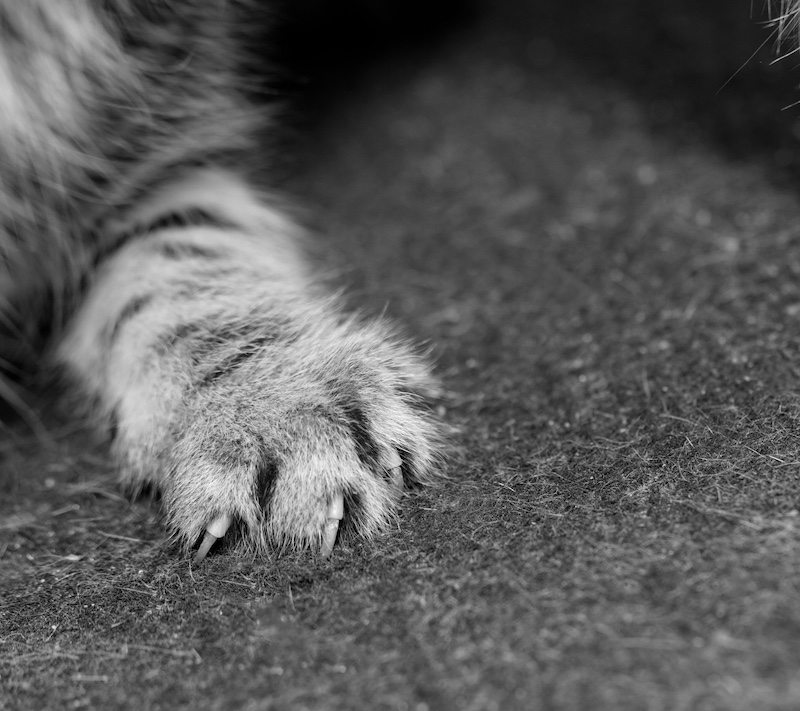Cats are known for their graceful movements, mesmerizing eyes, and, of course, their sharp claws. While most people are aware that cat claws are an essential part of their anatomy, there are many fascinating details about these tiny tools that you might not know. Here are five surprising facts about cat claws that will give you a deeper appreciation for your feline friend’s paws.
1. Cat Claws Are Retractable, Not Always Out
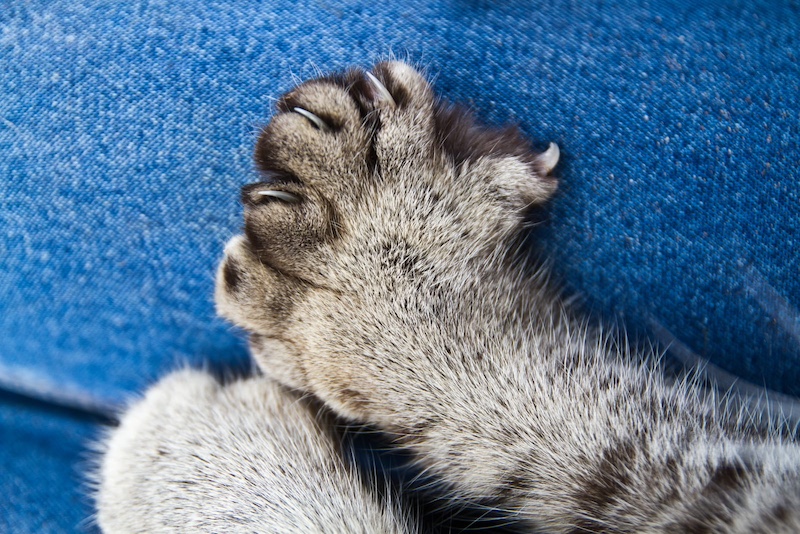
Many people believe that cats’ claws are always out, but this is not the case. Cats have retractable claws, meaning they can extend and retract them at will. This retractability helps protect their claws from wear and tear and allows cats to move silently when stalking prey. It’s one of the reasons why cats can be so stealthy!
2. Claws Are Essential for Balance
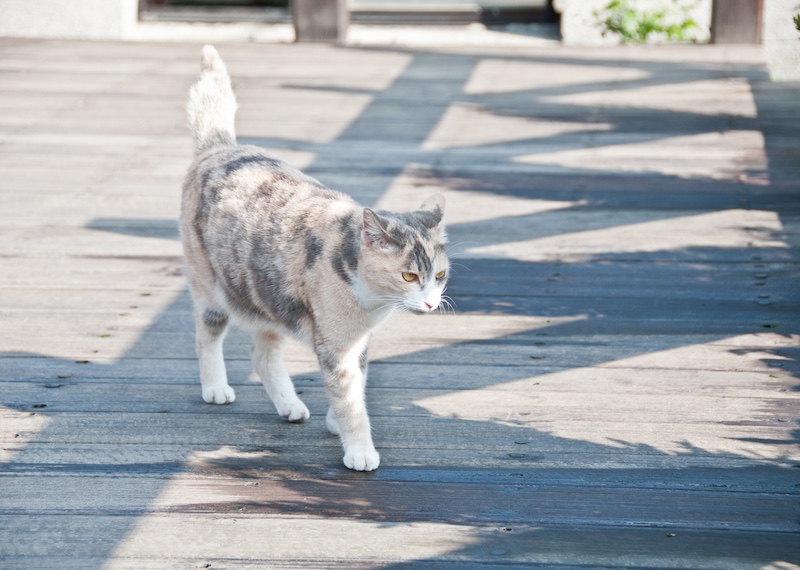
Cat claws play a crucial role in maintaining balance. When a cat climbs, jumps, or walks along a narrow surface, its claws dig into the surface, providing stability. This ability is especially important for outdoor cats that navigate trees and other high places. Without their claws, cats would struggle to perform many of the acrobatic feats we admire.
3. Cat Claws Grow Continuously
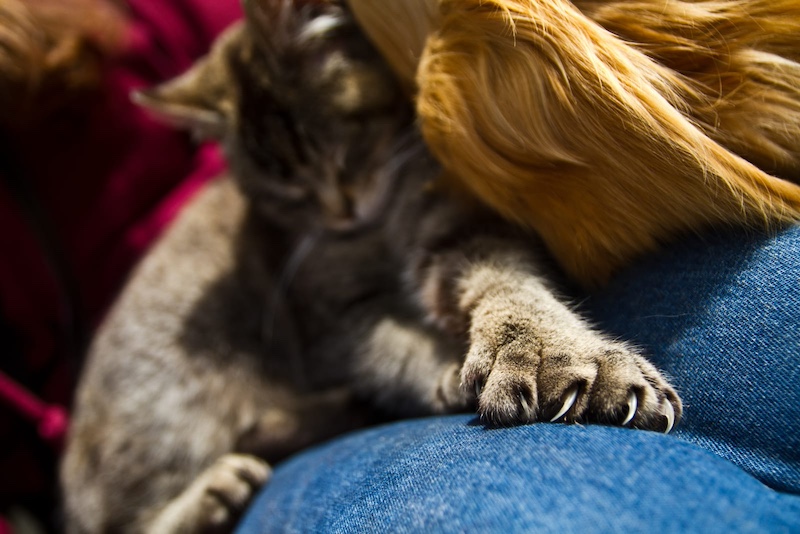
Like human fingernails, cat claws grow continuously throughout their lives. This is why cats need to scratch surfaces—to help shed the outer layer of the claw, which can become dull or damaged. Scratching also sharpens their claws and allows them to stretch and flex their muscles. Providing a scratching post can help prevent your furniture from becoming their favorite scratching spot!
4. Each Claw Has a Unique Structure
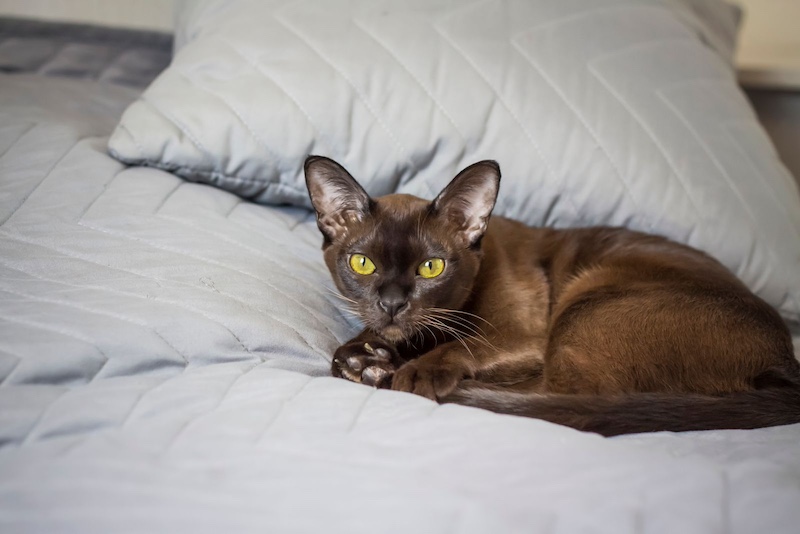
A cat’s claws are not just simple points; they have a complex structure. Each claw is made up of a tough protein called keratin, with a sharp tip that can pierce through materials. Underneath the hard exterior, there is a sensitive area called the quick, which contains blood vessels and nerves. This is why trimming your cat’s claws should be done carefully to avoid cutting into the quick and causing pain or bleeding.
5. Declawing Can Have Serious Consequences
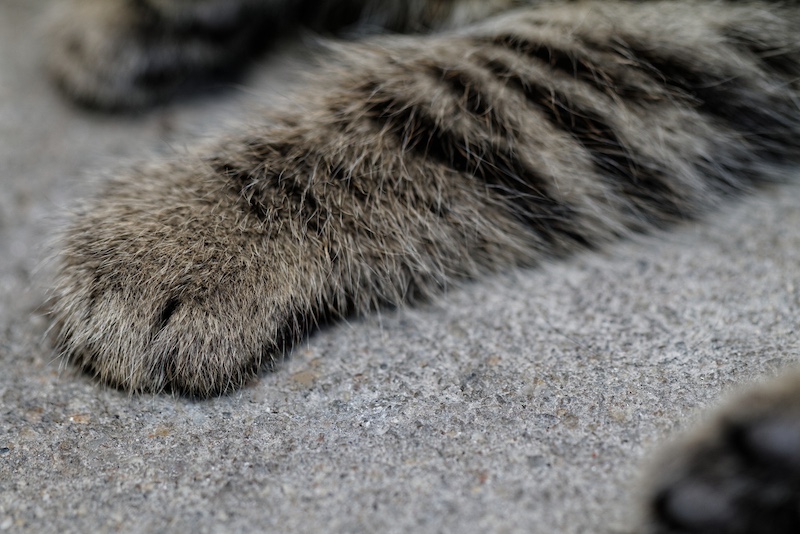
Declawing a cat is not just the removal of their claws—it involves amputating the last bone of each toe. This procedure can lead to long-term pain, behavioral changes, and even difficulty walking. Many veterinarians and animal welfare organizations strongly oppose declawing because of the physical and psychological impact it can have on cats. It’s essential to explore alternatives like regular claw trimming, providing ample scratching posts, and using claw caps.
6. Cats Have Different Types of Claws
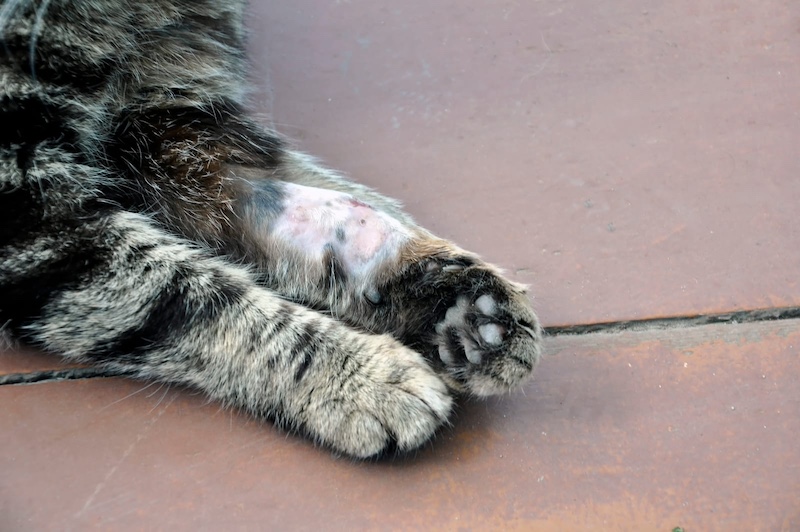
Not all of a cat’s claws are the same. The front paws typically have five claws, while the back paws usually have four. The extra claw on the front paw is called the dewclaw, which is similar to a thumb. The dewclaw is positioned higher up on the paw and helps cats grip their prey or climb.
7. Claw Shedding Is a Normal Process
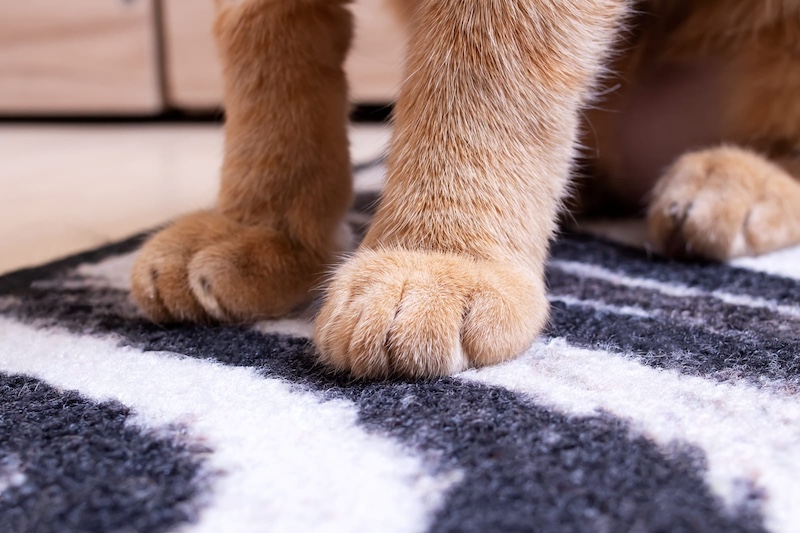
Cats regularly shed the outer layers of their claws, a process known as sloughing. This helps keep their claws sharp and healthy. You might find small, thin layers of claws around your home, especially near their favorite scratching spots. These sheaths are the discarded outer layers, and they’re a sign that your cat’s claws are in good shape.
8. Claws Are Vital for Defense
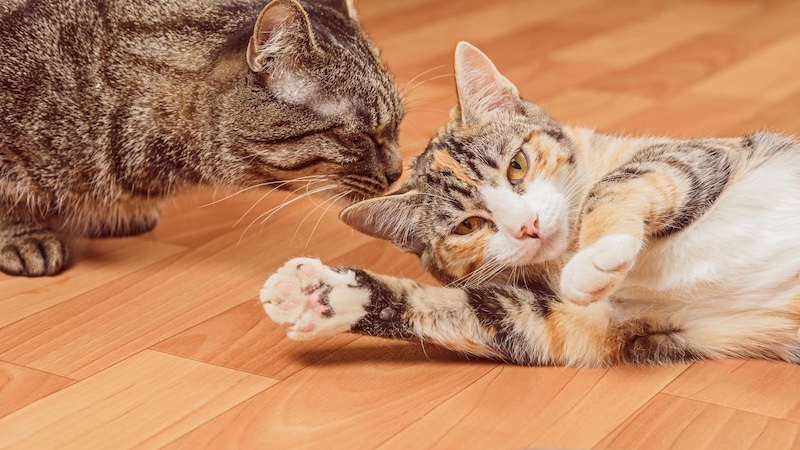
In the wild, a cat’s claws are one of its primary means of defense. They use their claws to fend off predators and protect themselves from threats. Even domesticated cats retain this instinct, and they might use their claws defensively if they feel threatened or cornered. This is why it’s essential to approach cats calmly and avoid making them feel trapped.
9. Cats Use Their Claws to Communicate
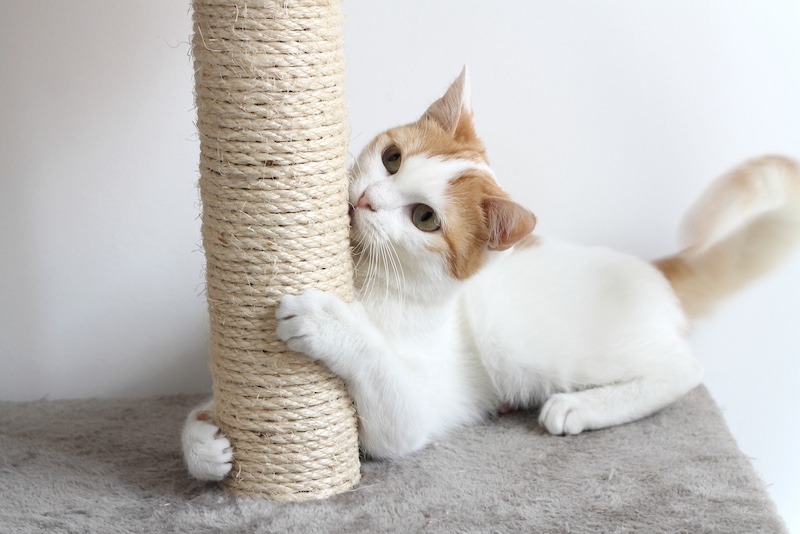
Scratching isn’t just about keeping claws sharp—it’s also a way for cats to communicate. Cats have scent glands in their paws, and when they scratch, they leave behind both visual and scent marks. This behavior helps them establish territory and communicate with other cats. Scratching posts are a great way to allow your cat to express this natural behavior indoors.
10. Polydactyl Cats Have Extra Toes and Claws
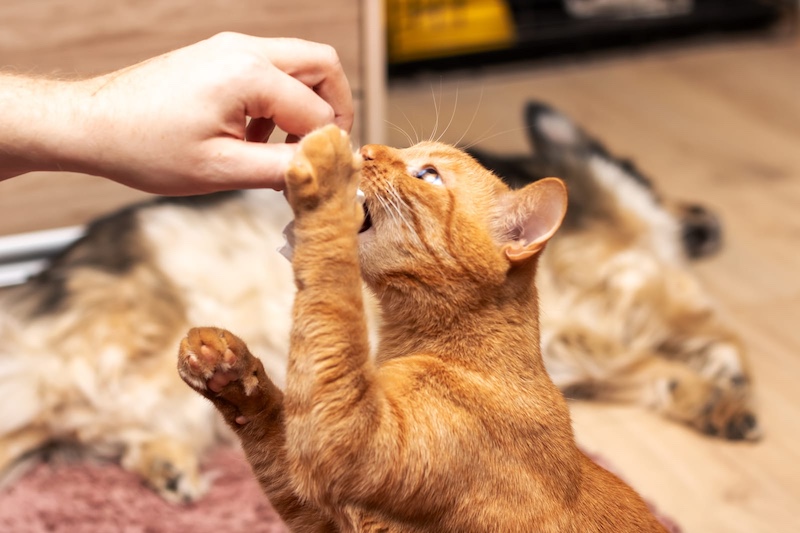
Some cats, known as polydactyl cats, are born with extra toes on their paws. This genetic mutation can result in cats having six or more toes on each paw, and each of these extra toes typically comes with its own claw. Polydactyl cats were popular among sailors, who believed the extra toes made them better mousers and more stable on ships.
This content was created with the assistance of AI and thoroughly edited by a human before publishing.

